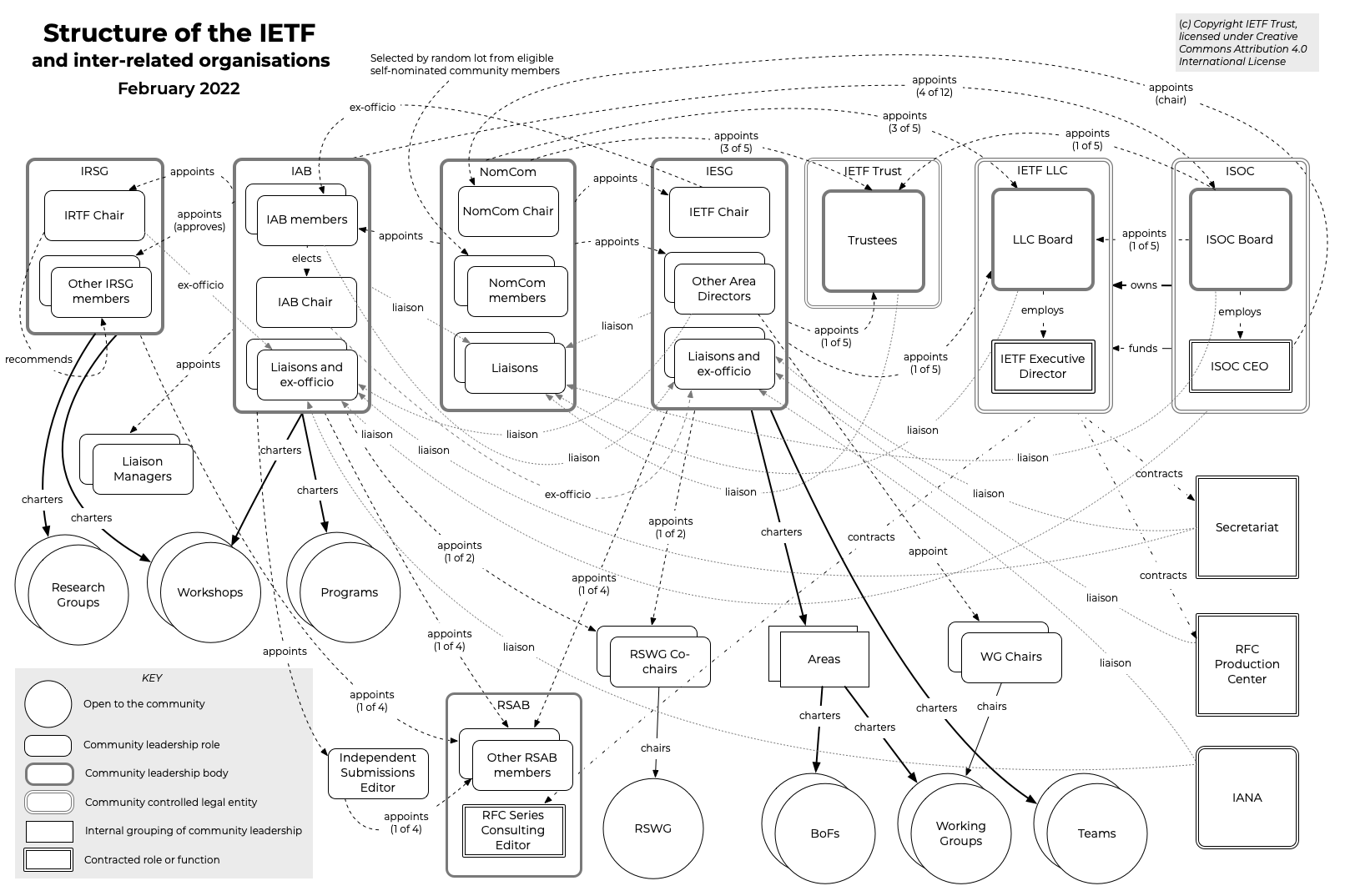|
Lightweight Presentation Protocol
Lightweight Presentation Protocol (LPP) is a protocol used to provide ISO presentation services on top of TCP/IP based protocol stacks. It is defined in RFC 1085. The Lightweight Presentation Protocol describes an approach for providing "streamlined" support of OSI model-conforming application services on top of TCP/IP-based network for some constrained environments. It was initially derived from a requirement to run the ISO Common Management Information Protocol (CMIP) in TCP/IP-based networks. References * IETF The Internet Engineering Task Force (IETF) is a standards organization for the Internet standard, Internet and is responsible for the technical standards that make up the Internet protocol suite (TCP/IP). It has no formal membership roster ... RFC 1085 Computer networking {{compu-network-stub ... [...More Info...] [...Related Items...] OR: [Wikipedia] [Google] [Baidu] [Amazon] |
|
 |
Internet Protocol Suite
The Internet protocol suite, commonly known as TCP/IP, is a framework for organizing the communication protocols used in the Internet and similar computer networks according to functional criteria. The foundational protocols in the suite are the Transmission Control Protocol (TCP), the User Datagram Protocol (UDP), and the Internet Protocol (IP). Early versions of this networking model were known as the Department of Defense (DoD) model because the research and development were funded by the United States Department of Defense through DARPA. The Internet protocol suite provides end-to-end data communication specifying how data should be packetized, addressed, transmitted, routed, and received. This functionality is organized into four abstraction layers, which classify all related protocols according to each protocol's scope of networking. An implementation of the layers for a particular application forms a protocol stack. From lowest to highest, the layers are the l ... [...More Info...] [...Related Items...] OR: [Wikipedia] [Google] [Baidu] [Amazon] |
|
OSI Model
The Open Systems Interconnection (OSI) model is a reference model developed by the International Organization for Standardization (ISO) that "provides a common basis for the coordination of standards development for the purpose of systems interconnection." In the OSI reference model, the components of a communication system are distinguished in seven abstraction layers: Physical, Data Link, Network, Transport, Session, Presentation, and Application. The model describes communications from the physical implementation of transmitting bits across a transmission medium to the highest-level representation of data of a distributed application. Each layer has well-defined functions and semantics and serves a class of functionality to the layer above it and is served by the layer below it. Established, well-known communication protocols are decomposed in software development into the model's hierarchy of function calls. The Internet protocol suite as defined in and is a model of net ... [...More Info...] [...Related Items...] OR: [Wikipedia] [Google] [Baidu] [Amazon] |
|
 |
IETF
The Internet Engineering Task Force (IETF) is a standards organization for the Internet standard, Internet and is responsible for the technical standards that make up the Internet protocol suite (TCP/IP). It has no formal membership roster or requirements and all its participants are volunteers. Their work is usually funded by employers or other sponsors. The IETF was initially supported by the federal government of the United States but since 1993 has operated under the auspices of the Internet Society, a non-profit organization with local chapters around the world. Organization There is no membership in the IETF. Anyone can participate by signing up to a working group mailing list, or registering for an IETF meeting. The IETF operates in a bottom-up task creation mode, largely driven by working groups. Each working group normally has appointed two co-chairs (occasionally three); a charter that describes its focus; and what it is expected to produce, and when. It is open ... [...More Info...] [...Related Items...] OR: [Wikipedia] [Google] [Baidu] [Amazon] |